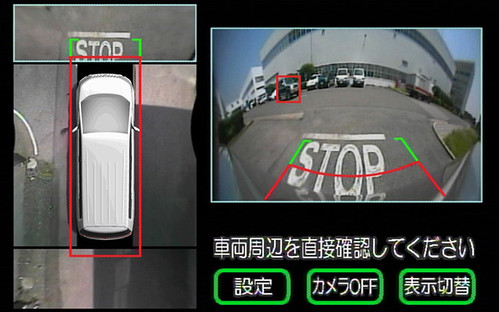e-Defense

Learning self-defense techniques is good idea. Judo, for example, can be a rich source and has been around for hundreds of years.
What about your “online self?” I know people in law enforcement and they’ve told me to never assume your data is safe. Anything coming across the Internet isn’t. Enter the Electronic Frontier Foundation (EFF) with their Surveillance Self-Defense:
After an introductory discussion of how you should think about making security decisions — it’s all about risk management — we’ll be answering those two questions for three types of data:
First, we’re going to talk about the threat to the data stored on your computer posed by searches and seizures by law enforcement, as well as subpoenas demanding your records.
Second, we’re going to talk about the threat to your data on the wire — that is, your data as it’s being transmitted — posed by wiretapping and other real-time surveillance of your telephone and Internet communications by law enforcement.
Third, we’re going to describe the information about you that is stored by third parties like your phone company and your Internet service provider, and how law enforcement officials can get it.
In each of these three sections, we’re going to give you practical advice about how to protect your private data against law enforcement agents.
In a fourth section, we’ll also provide some basic information about the U.S. government’s expanded legal authority when it comes to foreign intelligence and terrorism investigations.
Finally, we’ve collected several articles about specific defensive technologies that you can use to protect your privacy, which are linked to from the other sections or can be accessed individually. So, for example, if you’re only looking for information about how to securely delete your files, or how to use encryption to protect the privacy of your emails or instant messages, you can just directly visit that article.
I plan to get into the details myself. Good stuff.
